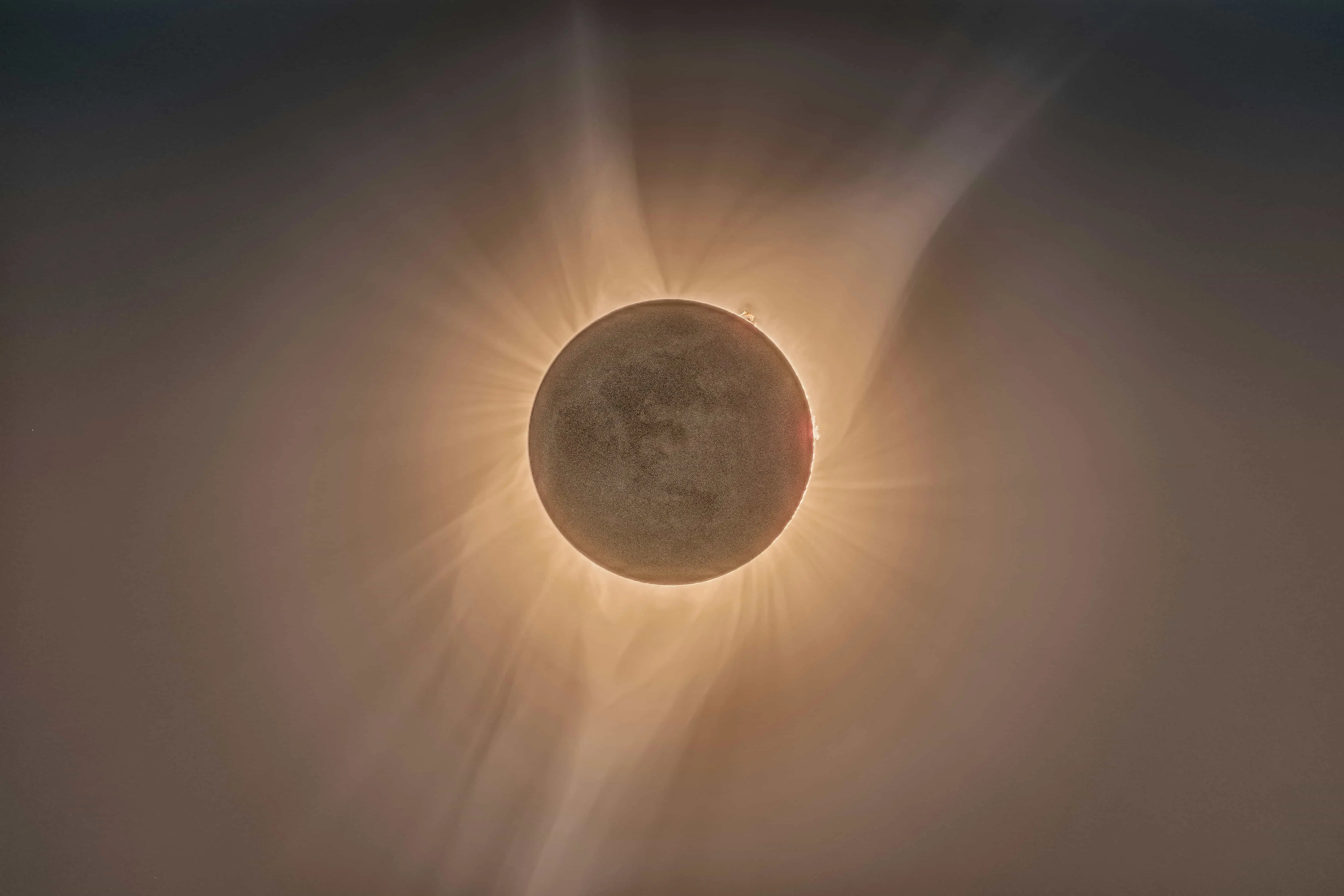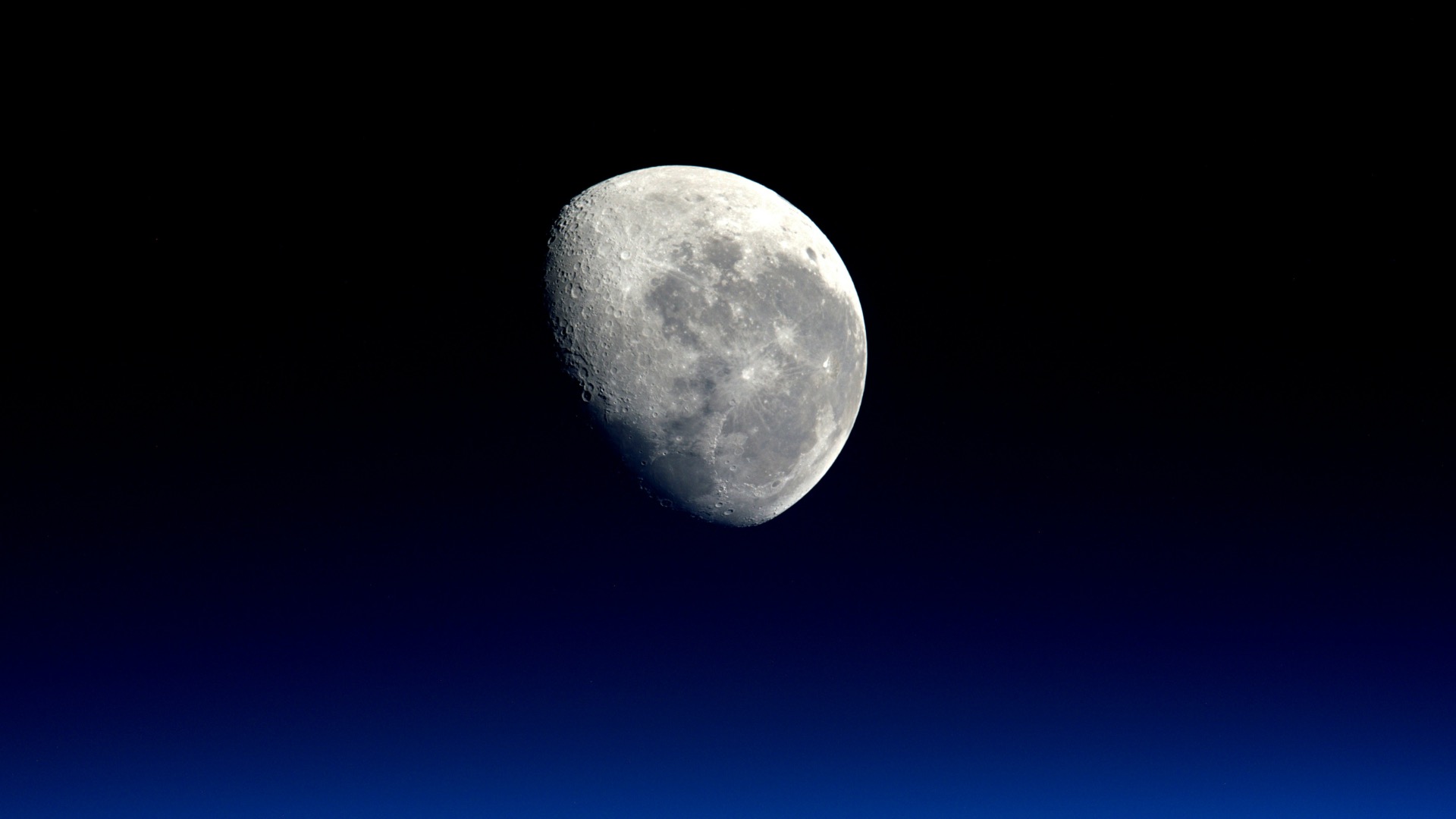In March 2023, Earth was struck by a major geomagnetic storm that puzzled scientists and forecasters alike. The storm, which reached a severe level, came as a surprise because the usual signs of its solar origin - a large solar flare or a visible coronal mass ejection (CME) - were missing. This storm, which is now known as the “Dragon Day Event”, was caused by a hidden eruption from the Sun that scientists are only beginning to understand.
What is a Geomagnetic Storm and Why Does it Matter?
A geomagnetic storm occurs when energy from the Sun interacts with Earth’s magnetic field. These storms can cause disruptions to satellites, communication systems, and even power grids on the ground. Severe storms, like the one that hit Earth on March 23, 2023, can produce stunning auroras but also pose serious risks to technology and infrastructure.
Usually, geomagnetic storms are driven by coronal mass ejections (CMEs) - huge bursts of solar plasma and magnetic fields that erupt from the Sun and travel through space. When a CME reaches Earth, it can disrupt our planet’s magnetic field, triggering a storm. The problem with the Dragon Day Event was that scientists didn’t see it coming because it was caused by a “stealth” CME.
What is a Stealth CME?
Unlike regular CMEs, which are often accompanied by solar flares or other noticeable solar activity, stealth CMEs are much harder to detect. They emerge quietly from the Sun without clear warning signs, making them difficult for forecasters to spot in advance. The stealth CME responsible for the Dragon Day Event originated from a feature on the Sun called a trans-equatorial flux rope - a structure that stretched across the Sun’s equator.
This flux rope erupted slowly and with faint coronal emissions, meaning it didn’t produce the bright flashes that forecasters usually look for. As a result, the event was missed by traditional space weather prediction methods.
How Did Scientists Discover the Source of the Dragon Day Event?
Researchers used data from multiple sources, including satellites like SOHO (Solar and Heliospheric Observatory) and STEREO-A (Solar Terrestrial Relations Observatory), to piece together what had happened. They identified a low-density, longitudinal flux rope on the Sun that gently erupted and traveled toward Earth. The eruption was so subtle that it didn’t trigger major visible changes in the Sun’s surface, like significant dimming or solar flares.
By studying the magnetic field and solar wind data collected from satellites, scientists found that this stealth CME had a southward magnetic field orientation. This is important because when a CME’s magnetic field aligns southward, it interacts more strongly with Earth’s northward-facing magnetic field. This alignment makes it easier for the CME to connect with and disrupt Earth’s magnetic field, leading to a strong geomagnetic storm.
The Unusual Nature of This Storm
One of the reasons this storm was so surprising is that it came from a source that is usually overlooked: trans-equatorial magnetic structures. These structures stretch across the Sun’s equator and can erupt in a way that produces a stealthy CME. Because this type of eruption does not create obvious signs like solar flares or bright coronal waves, it poses a challenge for space weather forecasters.
The CME that caused the Dragon Day Event was also unique because of its path and structure. It traveled in a way that made it difficult to detect with conventional space weather monitoring tools, appearing only faintly in the satellite imagery. Scientists had to use advanced modeling techniques to confirm that this specific flux rope was indeed responsible for the storm.
Why is This Discovery Important?
Understanding stealth CMEs is crucial for improving space weather forecasting. If these quiet eruptions can produce severe geomagnetic storms, then current monitoring methods need to be adapted to recognize them. Researchers suggest that looking for faint, trans-equatorial brightening on the Sun and checking for subtle dimming in certain wavelengths could help forecasters identify these hidden eruptions earlier.
The Dragon Day Event serves as a reminder that space weather forecasting is a complex and evolving field. The ability to predict when a stealth CME might impact Earth could mean better preparation for potential disruptions, protecting satellites, power grids, and communication systems from unexpected damage.
The Path Forward
Scientists are now focused on understanding the conditions that lead to stealth CMEs and how to better recognize their signs. This could involve creating more sensitive observation techniques or developing new models that can predict how these hidden CMEs form and travel.
The Dragon Day Event may have been difficult to predict, but it has provided valuable insights into a type of solar activity that could have serious implications for Earth. With more research, scientists hope to improve our ability to see these “invisible” solar eruptions and prepare for the powerful geomagnetic storms they can cause.


